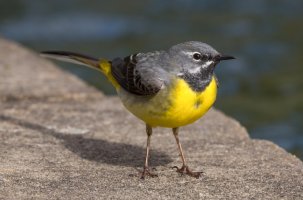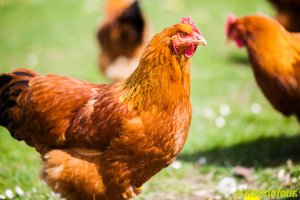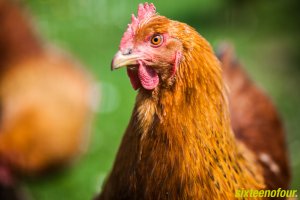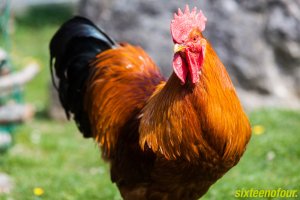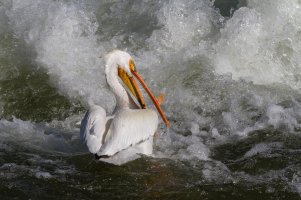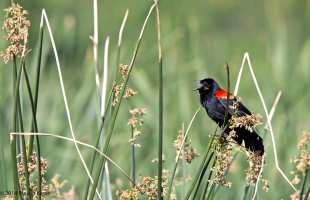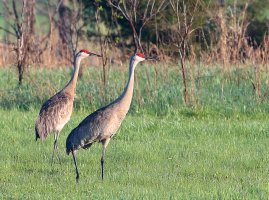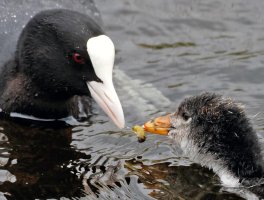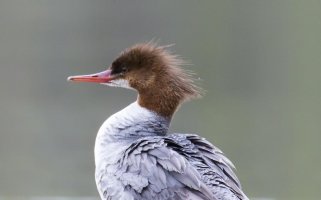You are using an out of date browser. It may not display this or other websites correctly.
You should upgrade or use an alternative browser.
You should upgrade or use an alternative browser.
Show your Bird Portraits
- Thread starter 1982chris911
- Start date
I like the RWB because of the song in his heart! Very uplifting, with all the turmoil in the world today.
Jack
Jack
Upvote
0
Northstar, looks like Sandhill Cranes. Beautiful birds! I had originally planned to go photograph them in Nebraska during the migration, but something came up and I wasn't able to go.  Second year in a row that's happened. I am hoping I get another chance this fall, would love to photograph these beauties.
Second year in a row that's happened. I am hoping I get another chance this fall, would love to photograph these beauties.
Upvote
0
jrista said:Killdeer
One of the most ubiquitous shorebirds in the US, the Killdeer is hard to miss. Between their incessant "injured bird" act and fast antics as they spurt about along shores and around grasslands in their "dash-pause" manner, they are also probably the most well known plover. They are larger than a lot of other plovers, like Piping or Semipalmated, and have longer legs. They have two slightly different plumages...one with two white bands around the neck during breeding season, and one white and one cream colored band during the winter season.
They have a very persistent technique for protecting their nests and their young by playing the injured bird...with a high pitched, lilting chirp, flipping one wing out at an oddly-cocked angle, and showing off rusty-red colored underfeathers that look like they might be covered in blood, they play the hurt card until your close, then jet off with a broken, jerky flight a dozen or so feet out in front of you. Get close again, and they keep drawing you away from whatever it is they don't want you to find.Clever little bastards.
Based on the ruckus last year every time I got near a throng of Killdeer, I'm sure they breed in Cherry Creek. I have not yet found any nests or chicks. Unlike the more common beaches where shorebirds are most often found breeding, Cherry Creek is FULL of hiding places, and finding baby birds is near impossible...even if you spot one, they skitter about and disappear into the brush without a trace, never to be seen again. Maybe this year I'll manage to glimpse some baby shorebirds.
Killdeer (Plover)
Cherry Creek State Park (Cottonwood Creek)
Colorado
Canon EOS 7D
Canon EF 600mm f/4 L II
Gitzo GT3532LS + Jobu Pro 2
Really beautiful shots of Killdeers, jrista!
The ones we have here - Common Ringed Plover and Little Ringed Plover - both show the same behaviour, as you describe, to protect their young. Seeing the nest, eggs or young ones of the Common Ringed Plover, is bloody close to impossible, even if you just stand a few feet away from the nest. I've been that close to a nest with eggs, and even had the nest pointed out to me, and I still couldn't see it. It's the only species I'm afraid to wreck the nests of, because it's possible to stand on top of the nest and not know until it's too late.
Upvote
0
2n10 said:Click said:I love your Great Horned Owl.
Thank you.
agree with click...great owl picture, lover the eyes!
i see you also found a sandhill crane...very nice. (they sure can be loud!)
Upvote
0
Kerry B said:Puffin, how many sand eels can you get in your mouth, the answer lots.
;D ;D
That is a great picture
Upvote
0
Similar threads
- Replies
- 118
- Views
- 97K

